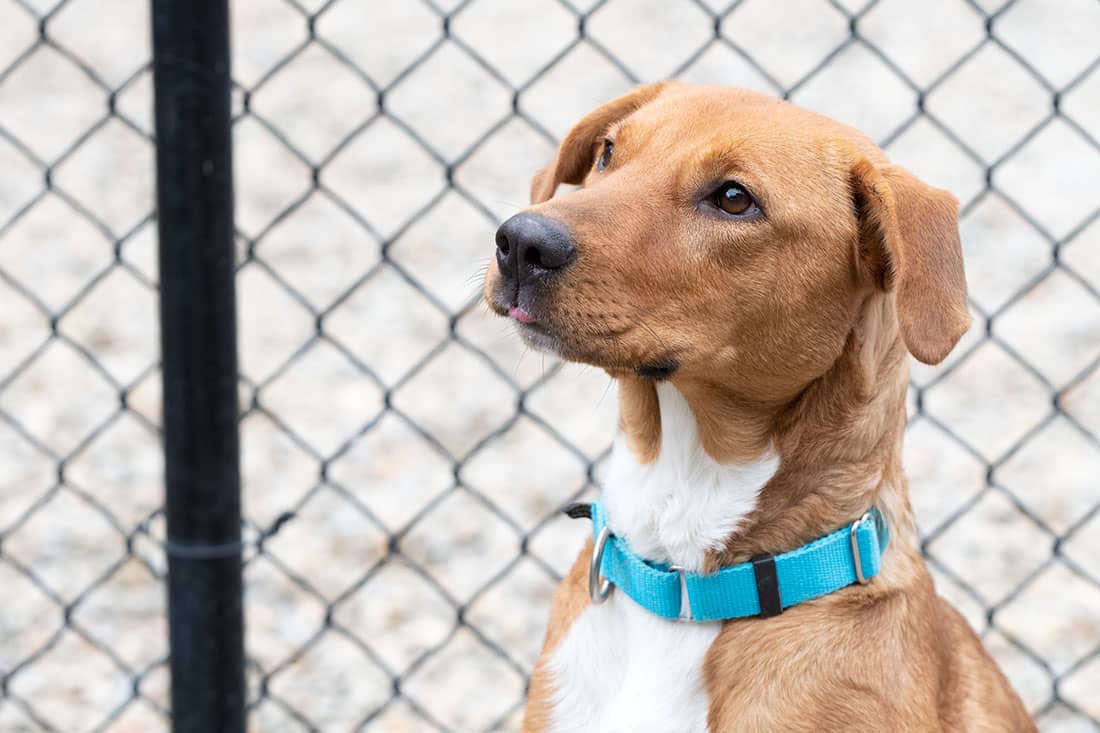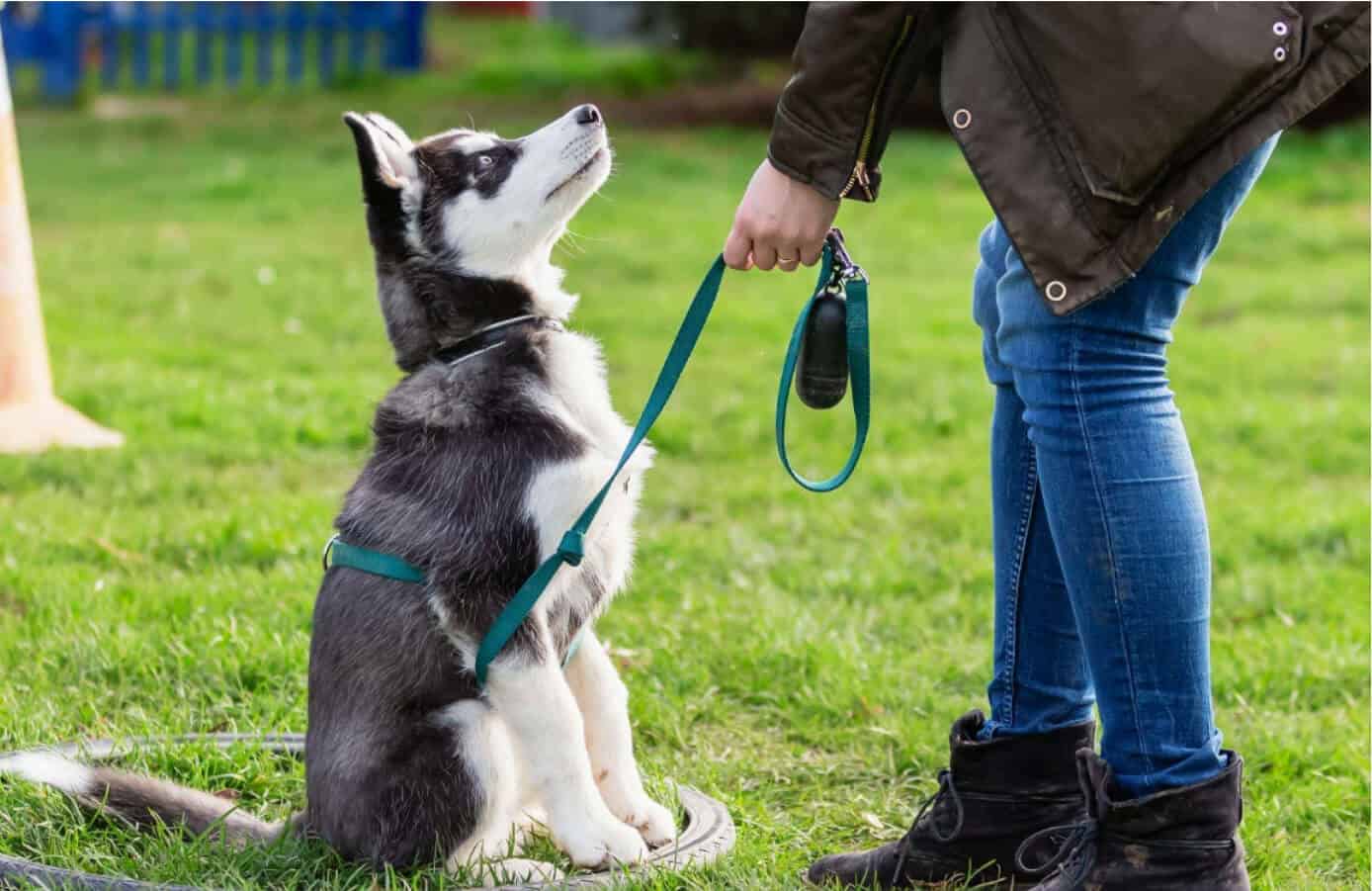Necessary Techniques for Reliable Dog Training You Required to Know
Necessary Techniques for Reliable Dog Training You Required to Know
Blog Article
Vital Tips for Effective Dog Training: An Overview for Pet Owners
Efficient pet dog training is a multifaceted procedure that needs a critical technique tailored to both the pet's character and the proprietor's goals. Trick elements such as establishing consistent commands, using favorable reinforcement, and promoting early socialization play vital functions in promoting a well-adjusted canine buddy. Nonetheless, many family pet proprietors come across difficulties that can prevent development, resulting in disappointment and unpredictability. Comprehending how to browse these challenges can significantly enhance the training experience, eventually changing the connection in between proprietor and pet. What are the essential approaches that can be used to make sure success in this endeavor?
Understanding Dog Habits
Recognizing dog behavior is important for reliable training and promoting a harmonious connection between dogs and their proprietors. Dogs communicate primarily with body language, vocalizations, and activities, making it critical for proprietors to analyze these signals properly. Identifying a pet dog's posture, tail position, and ear orientation can give understandings right into its psychological state. A wagging tail does not constantly suggest joy; it can also signal exhilaration or anxiety.

Socializing plays a considerable role in dog actions; direct exposure to various atmospheres, people, and other animals can dramatically influence a pet dog's personality. Moreover, factors such as breed qualities and private temperament should lead training approaches, as some breeds might have particular behavioral attributes that demand customized approaches. By comprehending these aspects, owners can produce a supportive atmosphere that urges positive behavior, leading to successful training outcomes and a much deeper bond with their family pets.
Establishing Constant Commands
Effective communication with your dog starts with establishing constant commands. This foundational aspect of training is important for promoting understanding in between you and your family pet. Consistency in the commands you use ensures that your pet dog can reliably connect certain words or expressions with the preferred actions.
When picking commands, choose clear, distinctive words that are very easy to differentiate and say from each other. Prevent using similar-sounding commands that might perplex your canine. Using "rest" and "stay" is suitable, yet "rest" and "struck" might lead to misconceptions.
Furthermore, maintain the exact same tone and quantity for each command. Canines are sensitive to vocal signs, so varying your tone can produce confusion.
It is equally important to make certain that all relative get on the exact same web page pertaining to the commands utilized. A united front in command use will certainly protect against mixed signals and strengthen the discovering process.
Positive Reinforcement Techniques
The power of favorable reinforcement in pet training depends on its ability to motivate preferred actions with benefits and appreciation. This technique is grounded in the concept that habits complied with by favorable outcomes are a lot more most likely to be repeated. By incorporating positive reinforcement into your training program, you can efficiently shape your canine's habits in a constructive way.
To implement positive reinforcement, it's important to determine what motivates your canine, whether it be deals with, playthings, or verbal praise. When you can try this out your canine does a wanted activity, such as resting on command, promptly award them with a treat or love. This organization in between the command and the positive result strengthens their understanding.
It's essential to timing the benefits correctly; delivering the reinforcement within seconds of the wanted actions helps your pet dog make the connection (dog training). Furthermore, consistency is key-- make sure that all family participants use the very same commands and benefit systems to avoid complication

Slowly, you can minimize the frequency of deals with as your pet discovers the behavior, transitioning to praise or intermittent incentives. This method not just fosters a solid bond in between you and your pet however additionally promotes a favorable knowing environment, making training a satisfying experience for both.
Socialization and Communication
Regularly subjecting your pet dog to a range of atmospheres, individuals, and various other animals is critical for their social advancement. Socialization should start early, preferably throughout the critical window of 3 to 14 weeks, when puppies are most receptive to brand-new experiences. Older dogs can additionally profit from ongoing socializing initiatives.
Present your dog to various setups, such as parks, pet-friendly shops, and city locations. This direct exposure assists them adapt to various stimuli, lowering anxiety and anxiety actions. Encourage positive interactions with other dogs and individuals, making certain that these experiences are safe and controlled to foster self-confidence.
Utilize organized playdates with courteous dogs, as this can boost your canine's social abilities and educate them appropriate habits. Obedience courses and training sessions also offer exceptional possibilities for socialization, enabling your pet dog to connect with others in a monitored environment.
Screen your canine's body movement during communications, as this will certainly help you assess their comfort degree. Gradually boost direct exposure to more difficult situations while guaranteeing that each experience is favorable. A well-socialized pet dog is extra most likely to exhibit balanced actions, making them a pleasure to have in any setting.
Attending To Usual Training Challenges
Every pet dog proprietor will encounter training difficulties at some point, despite their dog's age or socialization level. Identifying common concerns such as stubbornness, distractions, and fearfulness can aid in developing effective approaches for enhancement.

Interruptions during training sessions can thwart emphasis. To battle this, begin training in a silent atmosphere with marginal stimulations. Progressively present disturbances as the dog ends up being much more skilled in commands. Short, constant training sessions are additionally reliable in preserving interest.
Fearfulness can hinder a pet's discovering process. Gradual desensitization to the source of concern, paired with favorable reinforcement, can aid alleviate anxiousness. Perseverance is important; additional info never ever require a pet right into a situation that creates distress, as this may aggravate the see post concern.
Eventually, understanding and dealing with these usual challenges with a structured method will promote an extra productive training experience, enhancing the bond in between pet dog and owner while advertising effective understanding.
Conclusion
In summary, effective pet training counts on a detailed understanding of canine behavior, the establishment of regular commands, and the application of favorable support techniques. Socializing plays an important function in creating well-adjusted animals, while attending to typical training difficulties requires patience and adaptability. By carrying out these important techniques, pet owners can cultivate a solid bond with their canines and advertise preferable actions, inevitably bring about a harmonious relationship between human beings and their canine friends.
Recognizing pet dog behavior is important for reliable training and promoting a harmonious partnership in between pooches and their proprietors.Socializing plays a significant role in dog actions; exposure to numerous settings, individuals, and various other animals can dramatically affect a pet's temperament.The power of favorable support in dog training exists in its capability to urge desired behaviors through rewards and praise. By incorporating positive support right into your training regimen, you can effectively shape your pet's actions in a useful way.
In summary, effective pet training counts on a thorough understanding of canine habits, the establishment of constant commands, and the application of positive support strategies.
Report this page